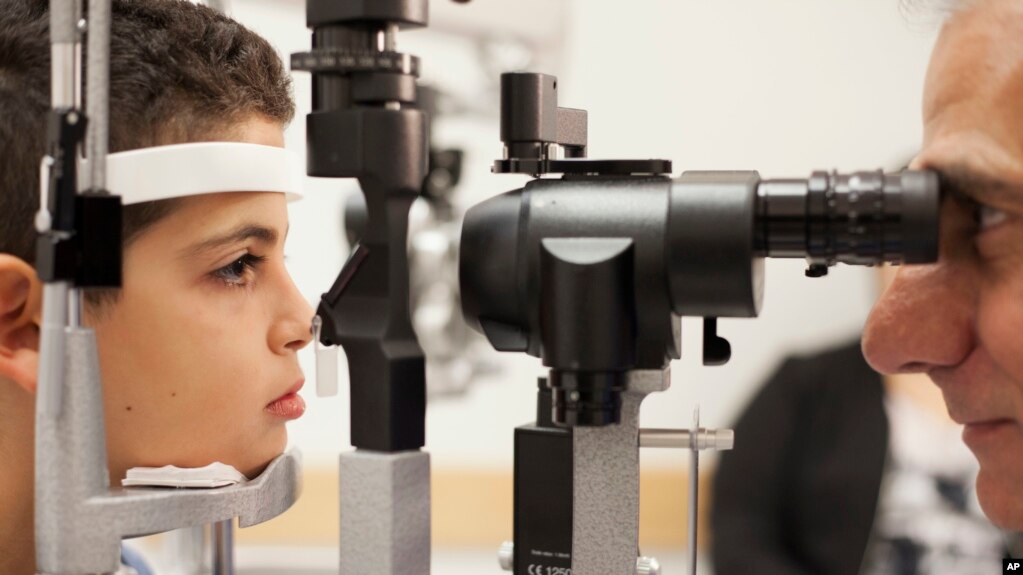Disir
Platinum Member
- Sep 30, 2011
- 28,003
- 9,607
- 910
n 1990, a British muscular dystrophy researcher, Kay Davies, described the unusual case of a 61-year-old man who by rights should not have been alive, given what was known of the disease at that time.
The muscle wasting disease is caused by mutations to the dystrophin gene. Even just one wrong genetic letter can mean early death. Remarkably, the man Davies described was missing 46 percent of the gene. Yet there he was, still walking with the aid of a stick in his seventh decade.
Now that 27-year-old discovery is leading to what could be the best chance to treat—and maybe stop—a serious form of the disease, Duchenne muscular dystrophy.
Using mini-genes inspired by the man’s genetic defect, three U.S. teams say they are ready to try to treat Duchenne with gene therapy. The first study could begin as soon as next month at Nationwide Children’s Hospital in Columbus, Ohio, with the backing of a biotech firm, Sarepta Therapeutics, and a charity, Parent Project Muscular Dystrophy.
Two other tests on children, one organized by Solid Biosciences, of Cambridge, Massachusetts, and the other by drug giant Pfizer, are slated to begin by year’s end and in the first half of 2018, respectively.
Gene therapy offers shot at life for boys with muscular dystrophy
This is would be fantastic if it works.
The muscle wasting disease is caused by mutations to the dystrophin gene. Even just one wrong genetic letter can mean early death. Remarkably, the man Davies described was missing 46 percent of the gene. Yet there he was, still walking with the aid of a stick in his seventh decade.
Now that 27-year-old discovery is leading to what could be the best chance to treat—and maybe stop—a serious form of the disease, Duchenne muscular dystrophy.
Using mini-genes inspired by the man’s genetic defect, three U.S. teams say they are ready to try to treat Duchenne with gene therapy. The first study could begin as soon as next month at Nationwide Children’s Hospital in Columbus, Ohio, with the backing of a biotech firm, Sarepta Therapeutics, and a charity, Parent Project Muscular Dystrophy.
Two other tests on children, one organized by Solid Biosciences, of Cambridge, Massachusetts, and the other by drug giant Pfizer, are slated to begin by year’s end and in the first half of 2018, respectively.
Gene therapy offers shot at life for boys with muscular dystrophy
This is would be fantastic if it works.



